Queen Elizabeth II has died after 70 years on the throne, marking the sombre end of an era for the United Kingdom, the Commonwealth and the world.

Born Elizabeth Alexandra Mary Windsor, the queen was 96 years old when she died — the longest-reigning monarch in British history. Alongside her late husband, Prince Philip, Queen Elizabeth II played a crucial role in modernizing the monarchy.
Born in 1926, the queen has had a front-row seat to the most pivotal moments in world history, including the Second World War, the Korean War and the Cold War.
Here is a look back at her historic reign and some of the key moments during her rule.
Queen Elizabeth II's coronation
Queen Elizabeth II was crowned at the age of 27 on June 2, 1953, following the death of her father King George VI. Her coronation was the world’s first televised event, with many Britons buying their first television in order to watch the ceremony.
She became first in line for the throne in 1936 after her uncle, Edward VIII, became the first British monarch to abdicate the throne over his decision to marry Wallis Warfield Simpson, an American divorcée.
The queen’s birth also saw the British Empire’s transition into a more independent Commonwealth of Nations. When she was crowned, she became leader of the Commonwealth. There are currently 54 countries in the Commonwealth, including Canada.
Six-month world tour
The queen is to this day the most widely travelled head of state in the world. During 1953 and 1954, she embarked on a six-month coronation tour around the world.
She was the first reigning monarch to visit several countries, including Australia and New Zealand, symbolizing the monarchy’s first steps to a gradual modernization.
Wales mining disaster
A mudslide triggered by a coal mine buried an elementary school in South Wales, killing 116 children and 28 adults on Oct. 21, 1966.
Prince Philip arrived one day after the disaster, but the queen waited more than a week to visit the scene of the disaster out of fear that her arrival would distract from any rescue efforts on the ground.
It is widely considered one of her greatest regrets during her time as queen.
The first royal 'walkabout'
While now common practice for members of the Royal Family to take strolls among the people, monarchs had typically waved from a safe distance away while travelling — until Queen Elizabeth II.
The queen bucked centuries of tradition in 1970 to greet people in the streets during a royal tour of Australia and New Zealand.
'Annus horribilis'
The year 1992 marked a tough year for the Queen. Her eldest son, then-Prince Charles, and Diana, Princess of Wales, announced their decision to separate after he admitted to having an affair with his longtime partner Camilla Parker Bowles (now the Queen Consort).
Princess Anne, her eldest child, and Prince Andrew, her second son, also got divorces.

Get breaking National news
Later that year, a fire broke out at Windsor Castle. It burned for more than 15 hours and destroyed more than 100 rooms. It was dubbed “annus horribilis” — or “a horrible year” — by the queen.
The death of Diana, Princess of Wales
Diana, also known as “The People’s Princess,” died in a car crash in Paris on Aug. 31, 1997.
The queen was heavily criticized for initially refusing to fly the royal flag at half-mast at Buckingham Palace after the Princess of Wales’ death, and was accused of lacking compassion for remaining at the country estate in Balmoral, Scotland.
The queen eventually reversed her decision on the flags and delivered a televised address to the nation at the request of her advisors.
-PKG_848x480_1036782659708.jpg?w=1040&quality=70&strip=all)
The Golden Jubilee
Her Majesty commemorated her 50th year as queen in a series of celebrations between May and July in 2002 — the first British monarch’s Golden Jubilee since Queen Victoria’s in 1887.
That year, the queen and Prince Philip visited Canada, along with every other region of the U.K., from Falmouth in Cornwall to the Isle of Skye, travelling more than 64,000 kilometres.
A royal wave goodbye to male succession
The monarchy voted in favour of abolishing a rule that recognizes male precedence in the order of succession to the throne on Oct. 28, 2011, overthrowing centuries of tradition.
The Succession to the Crown Act, which went into effect in 2013, also ended a rule that disqualified members of the Royal Family from the line of succession for marrying Roman Catholics.
The Diamond Jubilee
The queen celebrated 60 years on the throne on Feb. 6, 2012, marking the occasion with a tour to 250 countries across the Commonwealth, culminating in a pageant held in London, England.
The last (and only other) Diamond Jubilee in British history was in 1897 under the reign of Queen Victoria, making Queen Elizabeth II the world’s longest-reigning British monarch.
Brexit
The United Kingdom formally exited the European Union on Jan. 30, 2020 after the Withdrawal Agreement Act received royal assent from the queen, the final formality in the measure’s legislative journey.
Lawmakers negotiated the exodus, dubbed “Brexit,” for nearly four years, after Britons narrowly voted in its favour in a June 2016 referendum.
In January of 2019, the queen reportedly urged Britain to seek out the common ground and grasp the big picture in her speech at her local Women’s Institute in Norfolk, which was widely viewed as a coded plea to the political class to resolve the Brexit crisis.
“As we look for new answers in the modern age, I for one prefer the tried and tested recipes, like speaking well of each other and respecting different points of view, coming together to seek out the common ground, and never losing sight of the bigger picture,” she said.

A cyber queen
The queen made history by making her first-ever public video call in partnership with Carers Trust, a U.K. charity that provides support to personal care workers, during Carers Week 2020 after the COVID-19 pandemic shelved in-person meetings last year.
“Interesting listening to all your tales and stories,” the queen said on June 11, 2020. “I’m very impressed by what you have achieved already. I’m very glad to have been able to join you today.”
The death of Prince Philip
The Queen’s husband, Prince Philip, died on April 9, 2021, more than a month after undergoing a successful procedure for a pre-existing heart condition at St. Bartholomew’s Hospital in London.
Prince Philip, also known as the Duke of Edinburgh, was 99 years old and is credited with playing a pivotal role in modernizing the monarchy.
The queen, though ordinarily a private person, referred to Prince Philip affectionately throughout their almost 74-year marriage, even once referring to him as her “rock.”
“He has, quite simply, been my strength and stay all these years,” she said, speaking during her Golden Wedding Anniversary in 1997.
The Platinum Jubilee
The queen’s annual birthday parade kicked off the festivities on June 2, 2022 when more than 1,200 officers and soldiers, the 1st Battalion and the Irish Guards put on a display of military pageantry. They were joined by hundreds of army musicians and over 200 horses.
The annual birthday tradition that has been used to celebrate the birthday of the British sovereign for more than 260 years, saw the queen at the balcony of Buckingham Palace in a surprise appearance, delighting fans who had hoped to catch a glimpse of her during the final day of festivities marking the monarch’s 70 years on the throne.

Thousands massed outside Buckingham Palace for the climax of a boisterous, colorful pageant cheered as she appeared on the balcony with her son, now King Charles III, his wife Camilla, and her eldest grandson Prince William and his family.
— With files from The Associated Press and Reuters
- Mohamed Al-Fayed, whose son died with Princess Diana, accused of multiple rapes
- 12-year-old shoots, kills black bear attacking his dad in Wisconsin
- Yellowstone Park tourist burns leg after going off trail near Old Faithful
- Hezbollah chief says Israel crossed ‘red lines’ with exploding device attacks

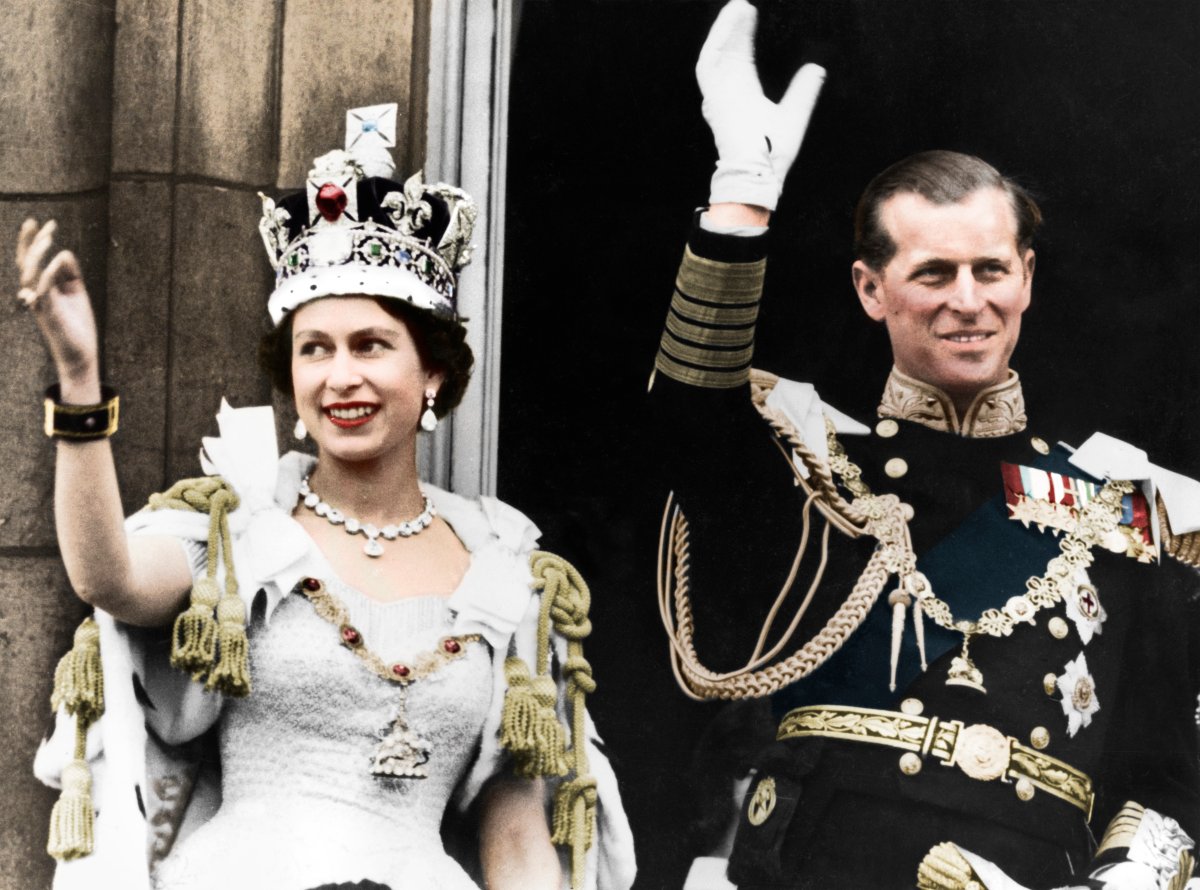
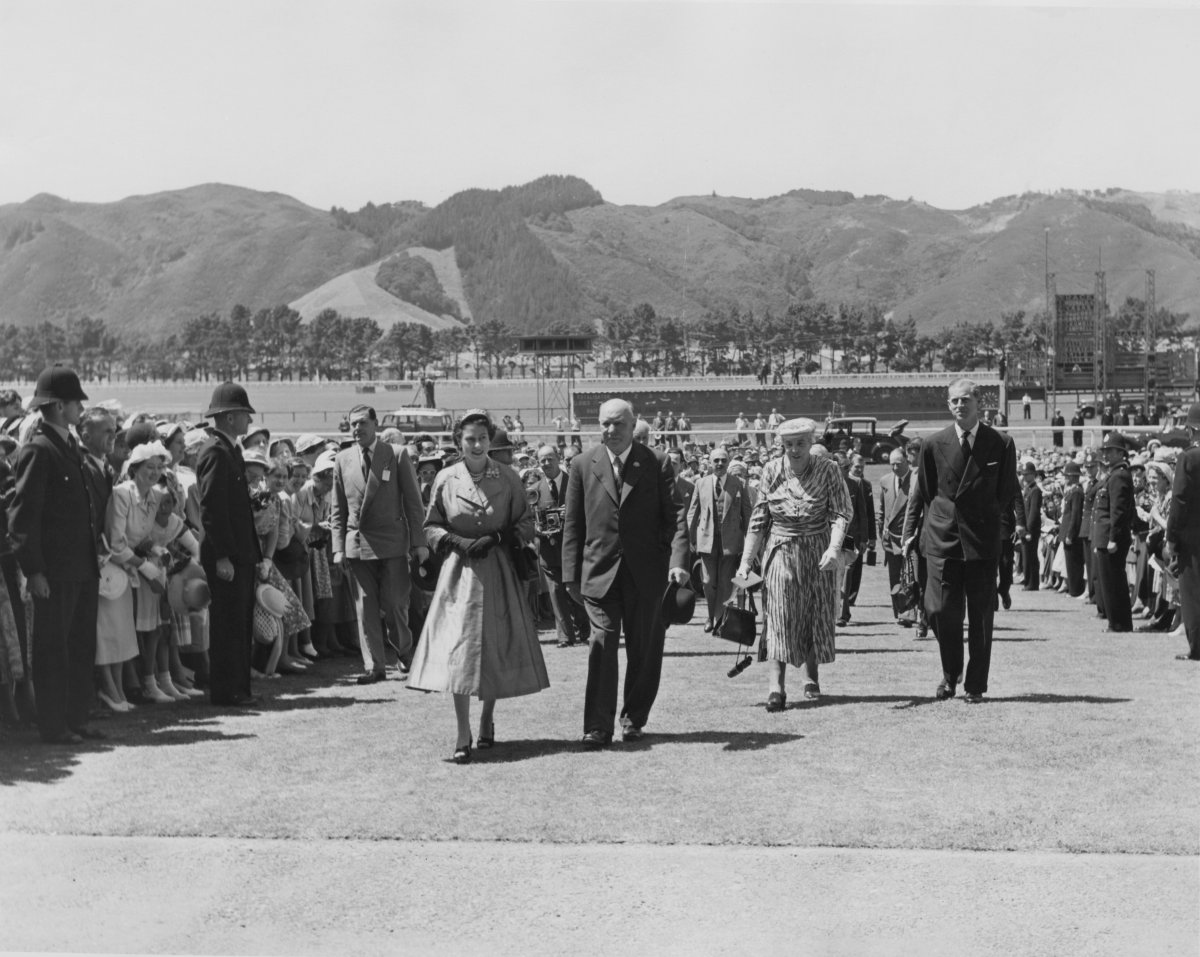
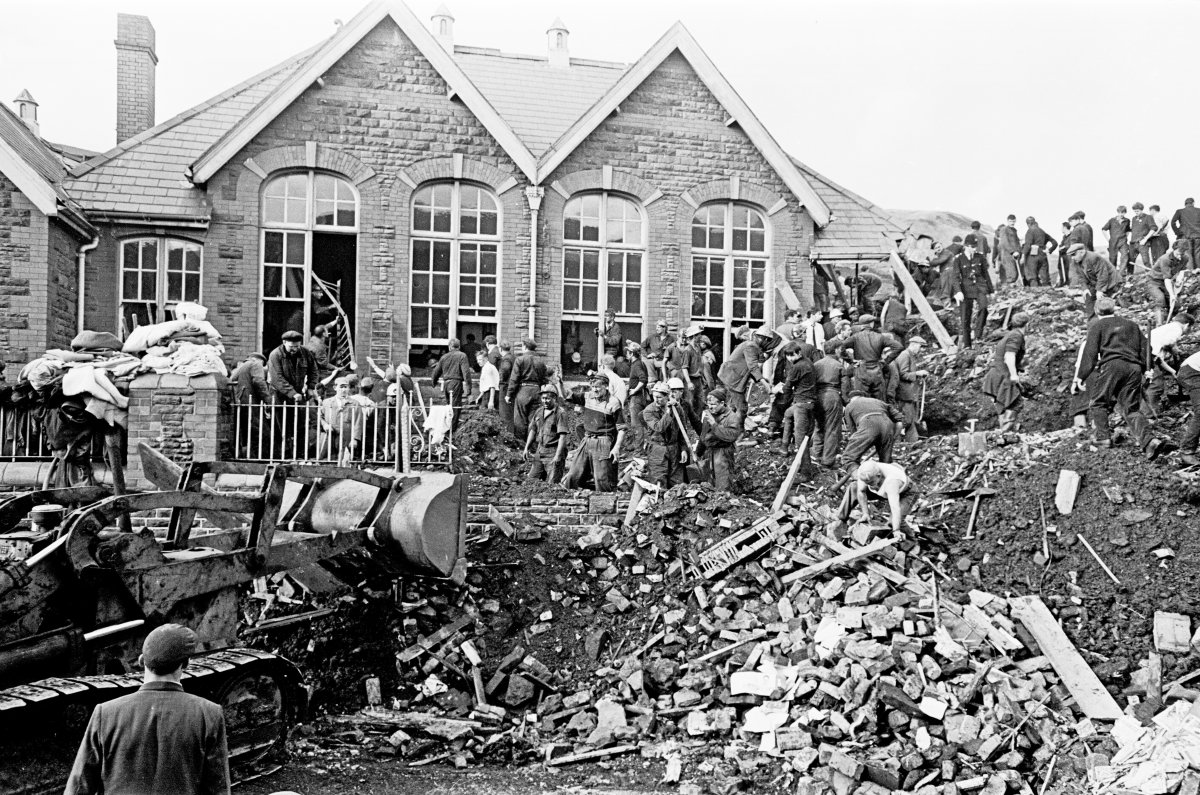
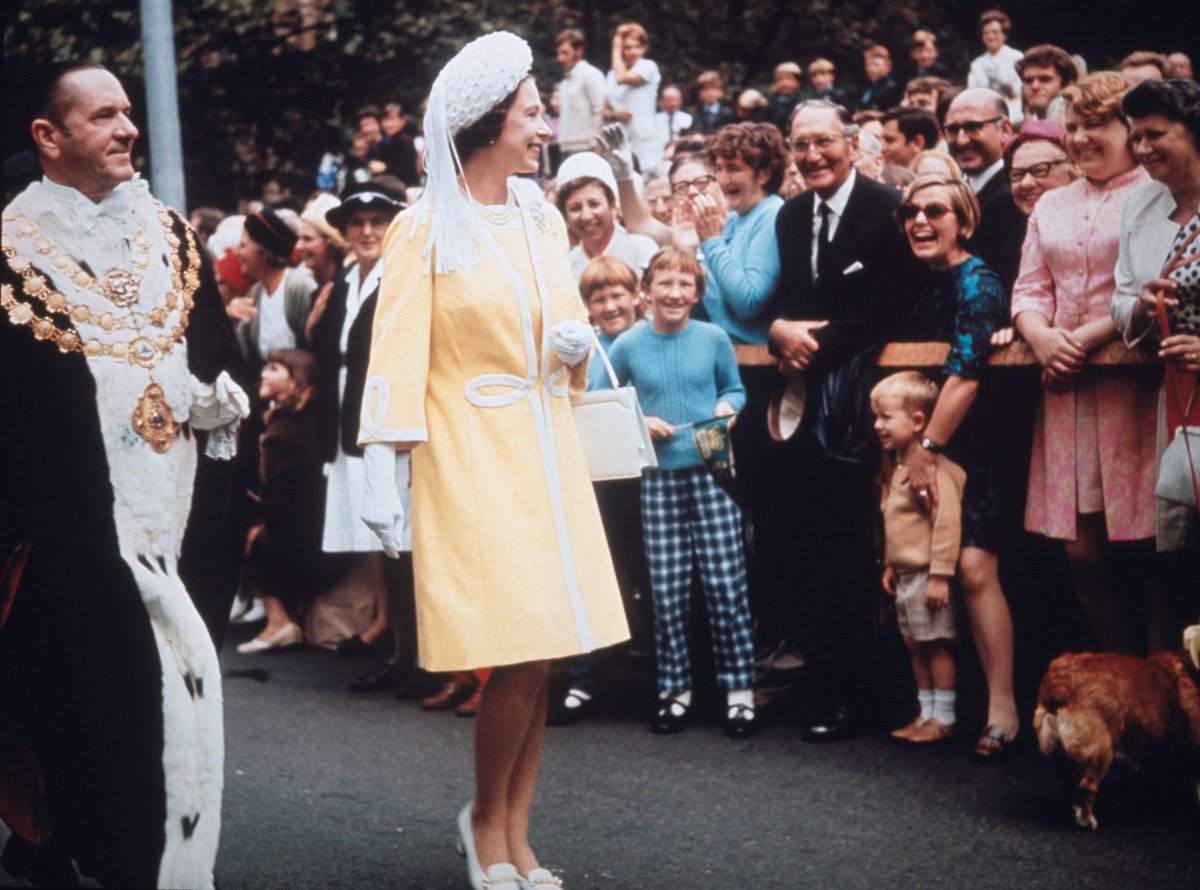




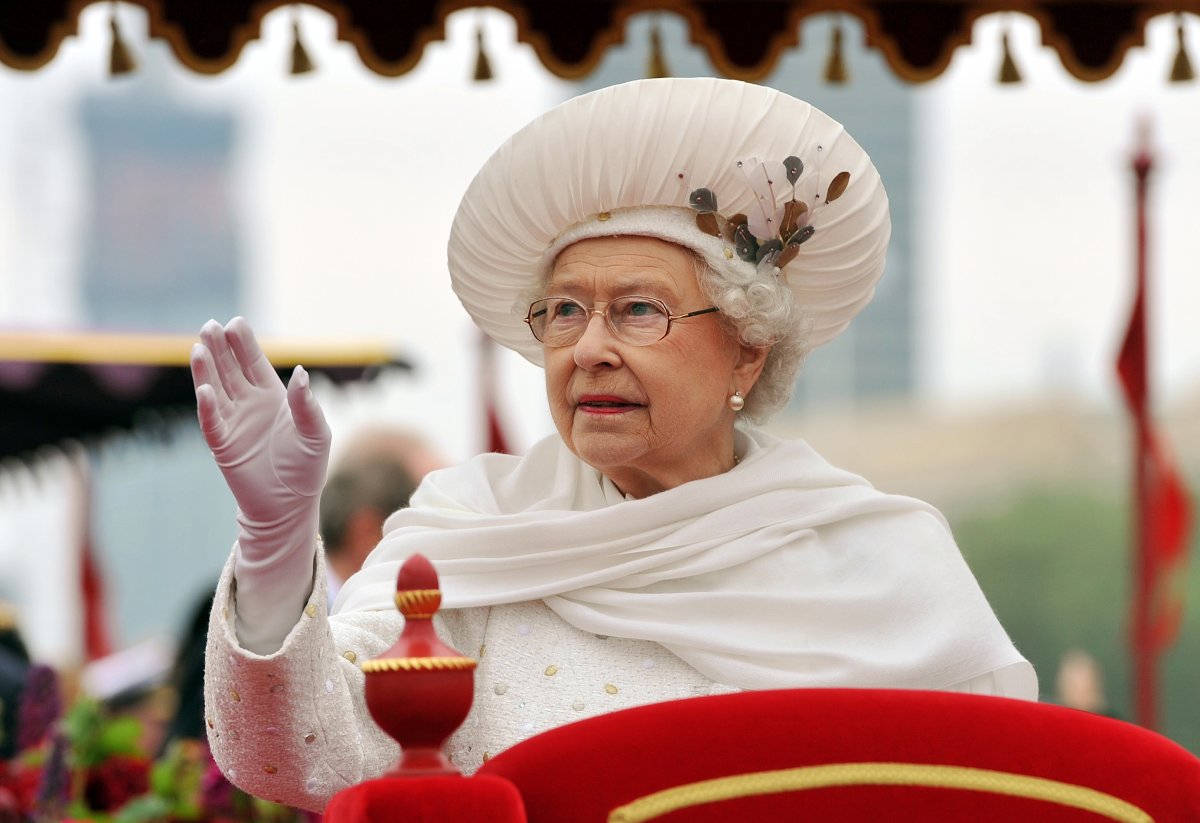
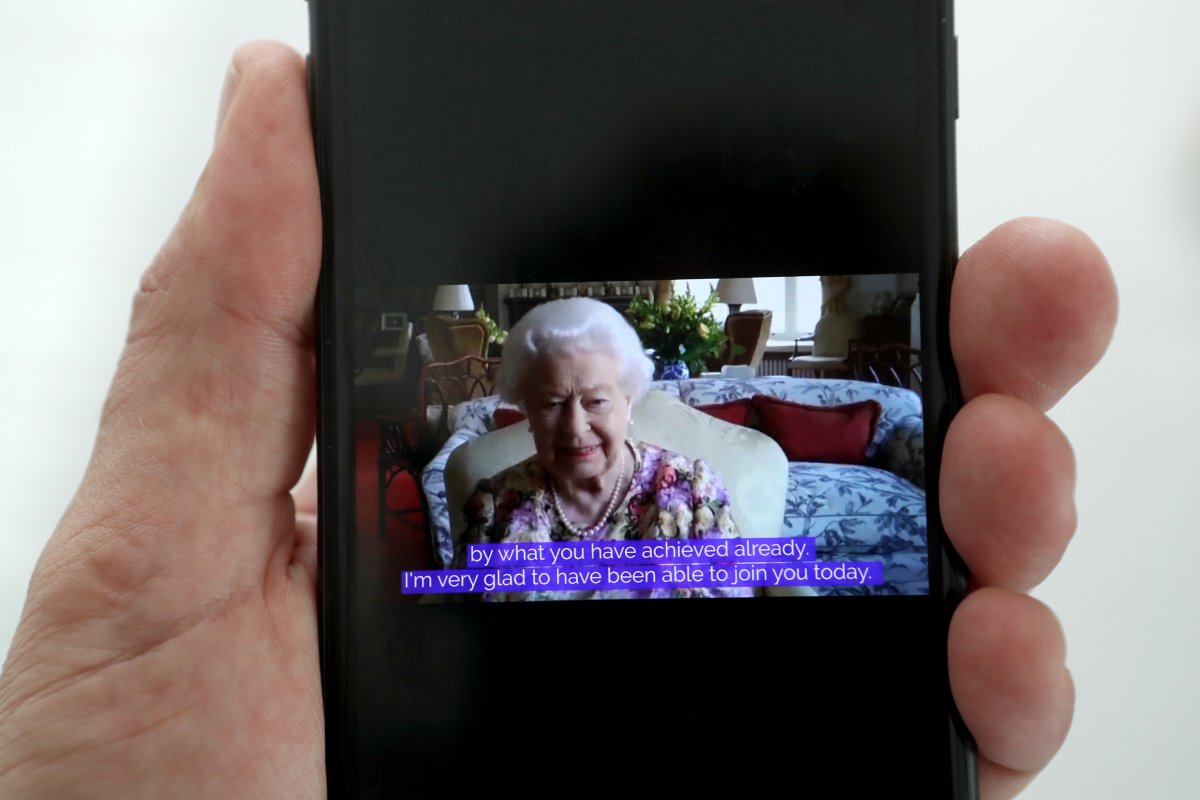




Comments